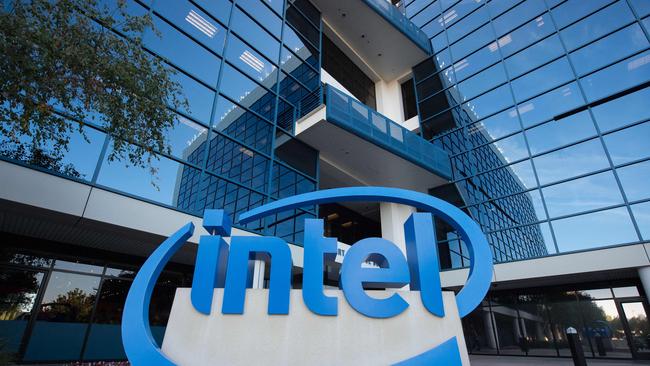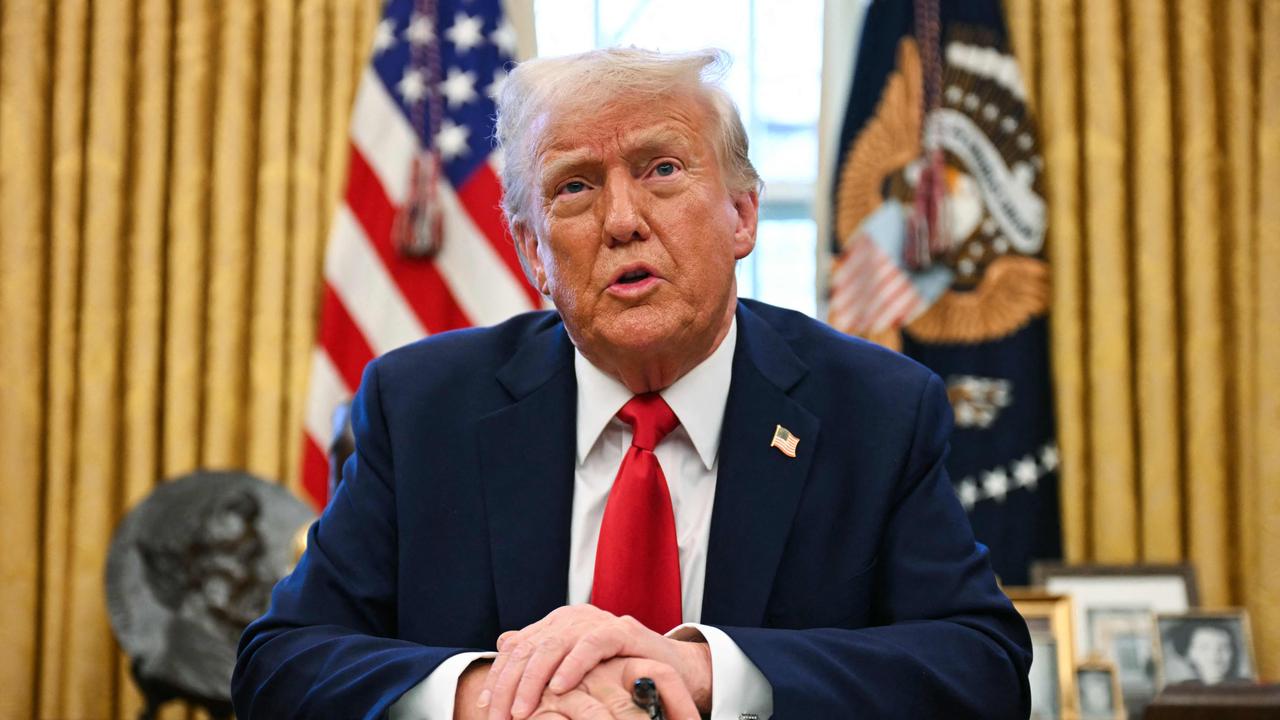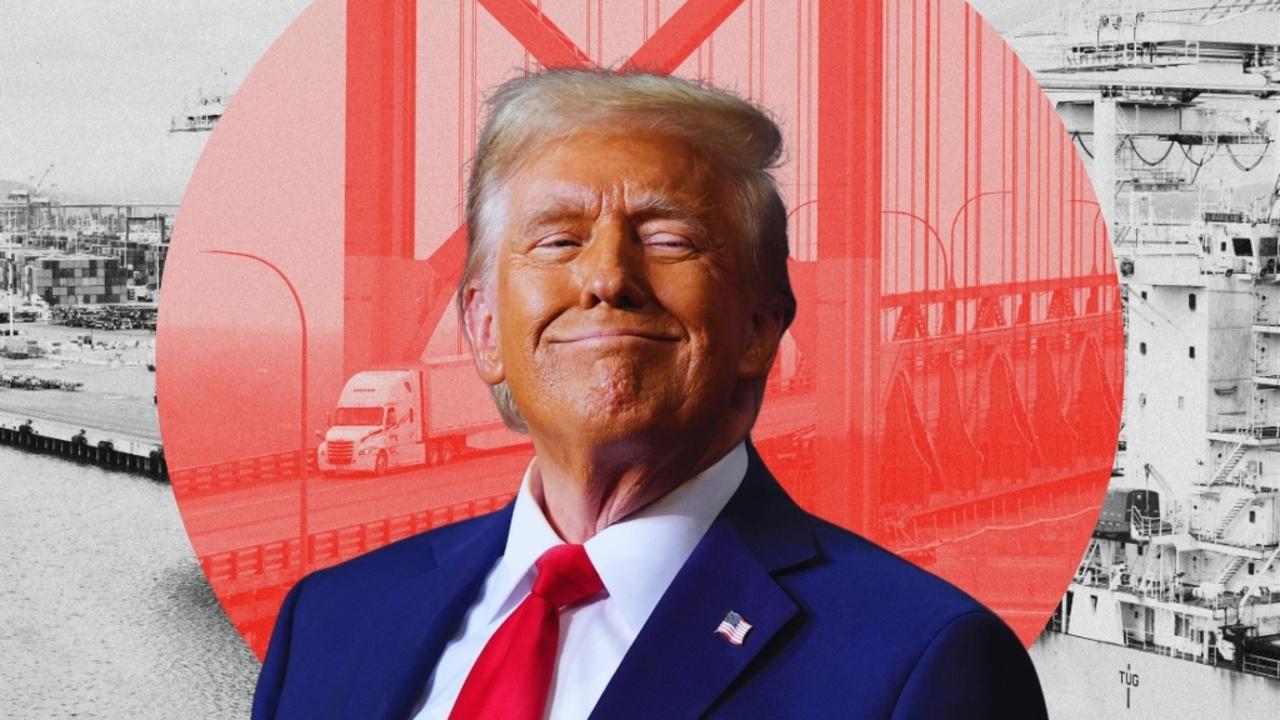Intel CEO received nearly $US180m in compensation in 2021
Chip giant tied compensation for Pat Gelsinger in part to whether he can engineer a revival in its stock.

Intel awarded chief executive Pat Gelsinger compensation last year that could be worth nearly $US180m ($A240m), tying much of it to whether his sweeping turnaround effort at the chip giant sparks a sharp improvement in its stock price.
The pay package of $US178.6m for 2021, disclosed Wednesday in Intel’s annual proxy filing Wednesday with the Securities and Exchange Commission, ranks Mr. Gelsinger second among S&P 500 company CEOs as of Wednesday.
Only Discovery CEO David Zaslav received more, at $US246.6m, according to SEC filings. In a distant third place is Apple CEO Tim Cook, at almost $US100m last year.
Mr Gelsinger rejoined Intel in February 2021 after eight years at the helm of VMware, a business software company, where he nearly doubled sales. The stock awards, Intel said in its filing, were based on factors including Mr Gelsinger’s experience and capabilities and the fact that he forfeit approximately $US50m in equity awards from VMWare. They also reflected “the considerable challenge of leading Intel’s transformation,” it said.
Intel outlined many of Mr Gelsinger’s stock awards in a corporate filing last year when the company hired him as CEO to spearhead regaining its former leadership position in chip manufacturing after repeated stumbles in the race to build the fastest chips with the smallest transistors.
Most of Mr Gelsinger’s 2021 compensation came from stock and option awards that vest over three to five years and are contingent on increases in the company’s stock price. Intel’s value has to at least triple in five years for Mr Gelsinger to receive about $US45m of the compensation, while he has to meet more modest targets to get other big share grants. Mr Gelsinger earned $US1.1m in base salary last year.
Wall Street has so far given Mr Gelsinger’s strategy a cool reception. Through Wednesday’s close, the company’s shares had fallen more than 9% since he was introduced as the next CEO last January. That performance leaves him further from reaching targets that much of his compensation hinges on.
South Korea’s Samsung Electronics Co. and Taiwan Semiconductor Manufacturing Co. have both surpassed Intel technologically in recent years — a trajectory Mr Gelsinger hopes to reverse by bringing in engineering talent and making huge new investments in chip manufacturing.
Spurred on by the global chip shortage and rising government manufacturing incentives, the company is spending $US20bn on new factories in Arizona, and plans at least $US20bn more on a project in Ohio. Intel announced this month another $US36bn in European chip plan investments.
Mr Gelsinger also has been pressing the Biden administration and Congress, as well as governments in Europe and elsewhere, to provide billions of dollars in financial support for new Intel factories. This month, Mr Gelsinger was a guest at the State of the Union address where President Biden urged Congress to pass incentives for chip makers.
Intel, best known for making central processing units that power computers, has benefited from growing demand for laptops and rising use of internet services amid the pandemic. Its revenue rose 1 per cent to $US79bn last year, amid outsize demand that pressured chip supplies.
Mr Gelsinger’s 2022 total direct compensation will drop to $US26.3m, Intel said in its filing, which includes a base salary of $US1.25m and $US21.5m in long-term equity incentives. The company said $US26.3m is in line with the 50th percentile of its peer group.
Mr Gelsinger has said he donates more than half of his annual compensation and has steadily increased his charitable contributions by a percentage point a year over his career.
Mr Gelsinger joined Intel in 1979 and spent 30 years with the company, where he helped develop chips critical to its success during the PC boom of the 1990s and early 2000s. He was the company’s first chief technology officer between 2000 and 2005.
Stephanie Lai contributed to this article
The Wall Street Journal


